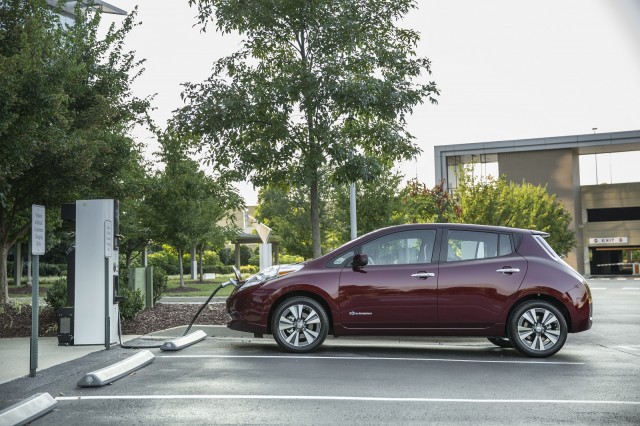Torchinski even penned an idea of what such a vehicle might look like. Notice that it features sliding minivan style doors instead of the X’s falcon wing doors. Would Elon ever admit defeat and allow one of his vehicles to feature boring old sliding doors? Not likely.
The minibus idea was contained in Musk’s Master Plan Part Deux released earlier this month, in which he said, “With the advent of autonomy, it will probably make sense to shrink the size of buses and transition the role of bus driver to that of fleet manager. Traffic congestion would improve due to increased passenger areal density by eliminating the center aisle and putting seats where there are currently entryways, and matching acceleration and braking to other vehicles, thus avoiding the inertial impedance to smooth traffic flow of traditional heavy buses. It would also take people all the way to their destination. Fixed summon buttons at existing bus stops would serve those who don’t have a phone. Design accommodates wheelchairs, strollers and bikes.”
Musk has always shown a flair for the nostalgic in his own quirky, off center way. It’s why the volume controls on his vehicles go to 11, why he would love to build a Tesla submarine like the Lotus that once starred in a James Bond movie, and why the software for the center display in the Model S and Model X often contains “easter eggs” that amuse and surprise those who can find them.
Ever since the (first) Clinton administration, Volkswagen has been dithering and diddling with the idea of re-introducing a modern version of the original Transporter that defined the Woodstock Generation. Last January, it showed off its BUDD-e concept at the Consumer Electronics Show. But by the time it gets that vehicle to market, it may find the Tesla minibus already there and doing things that no one at Volkswagen ever imagined.
The only question now is not if Tesla will offer a minivan type vehicle but when. Since the idea seems to revolve around Musk’s fascination with autonomous driving technology, it could be several years before regulators approve such vehicles for the road. But if Tesla were to offer such a vehicle without fully autonomous capability, would if find any people willing to buy it? Oh, yeah. You betcha.
Source: Jalopnik. Graphic credit: Jason Torchinsky



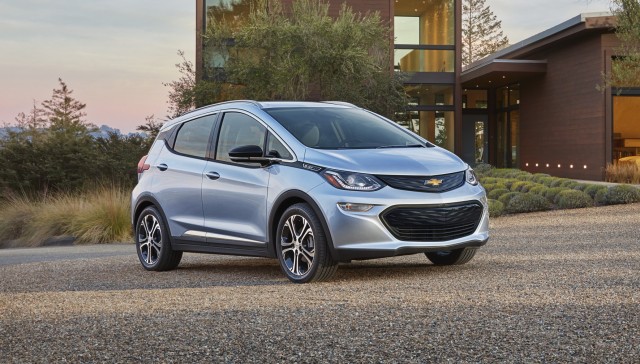
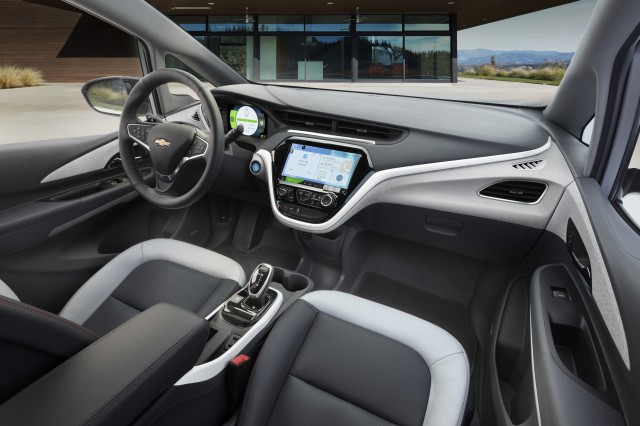
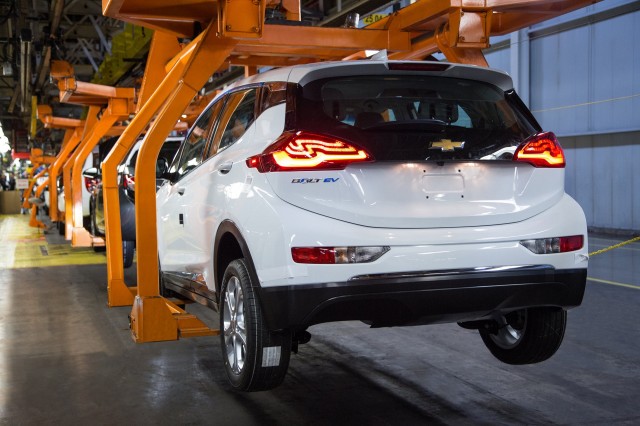








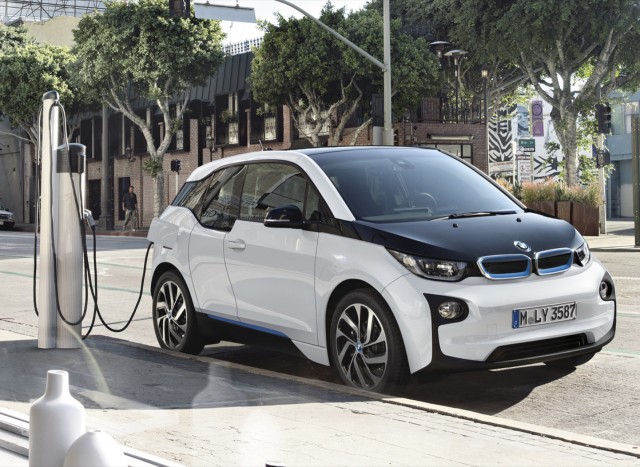
![Tesla Model S at Supercharger site in Ventura, CA, with just one slot open [photo: David Noland] Tesla Model S at Supercharger site in Ventura, CA, with just one slot open [photo: David Noland]](http://images.hgmsites.net/med/tesla-model-s-electric-car-road-trip-upstate-new-york-to-southern-california-photo-david-noland_100500011_m.jpg)
